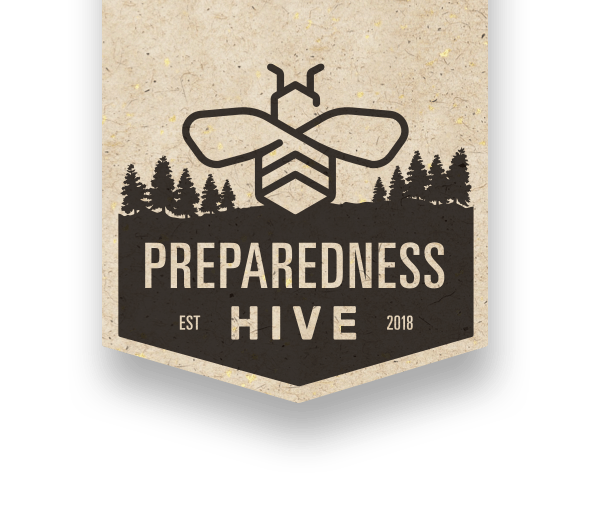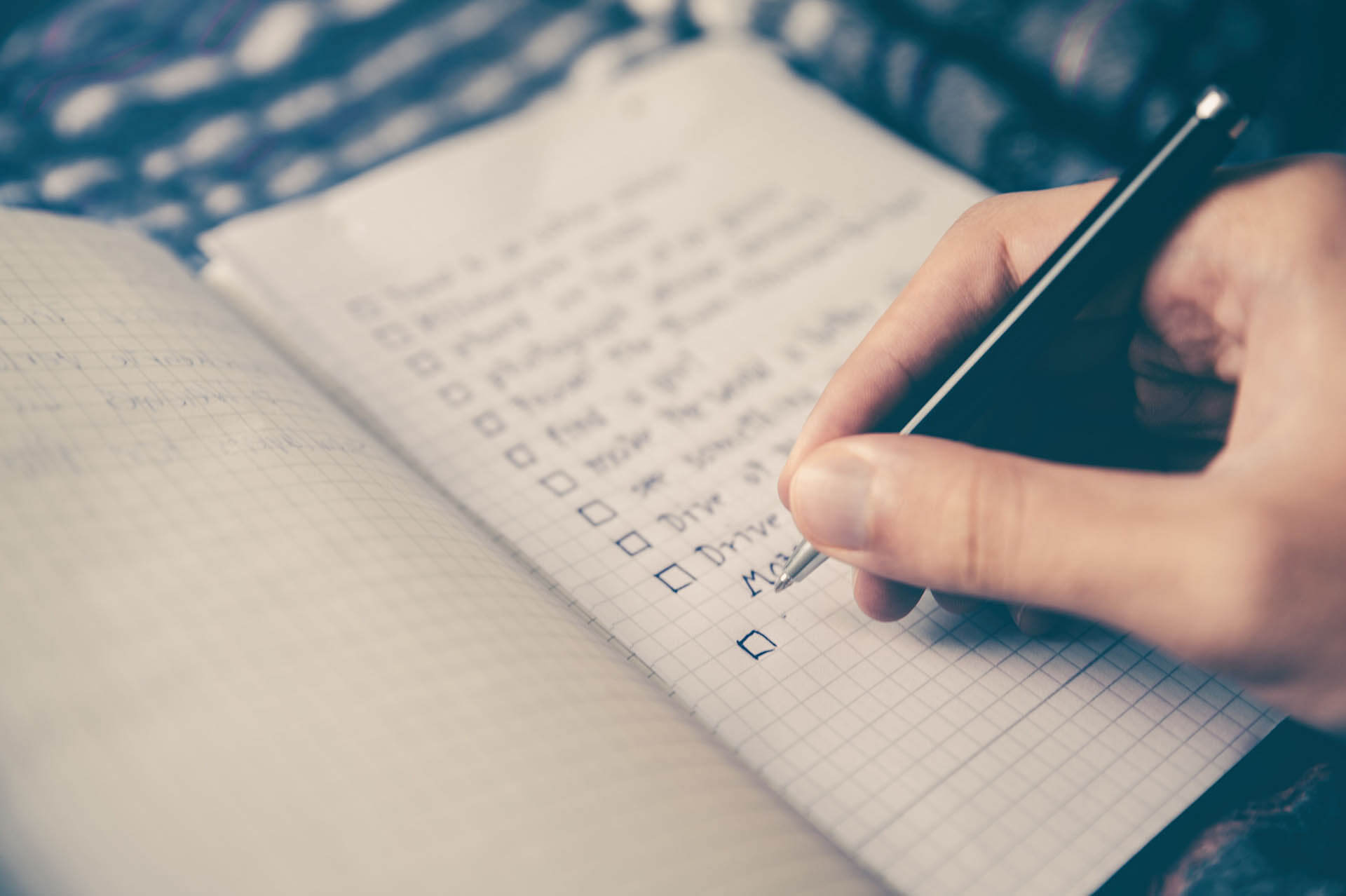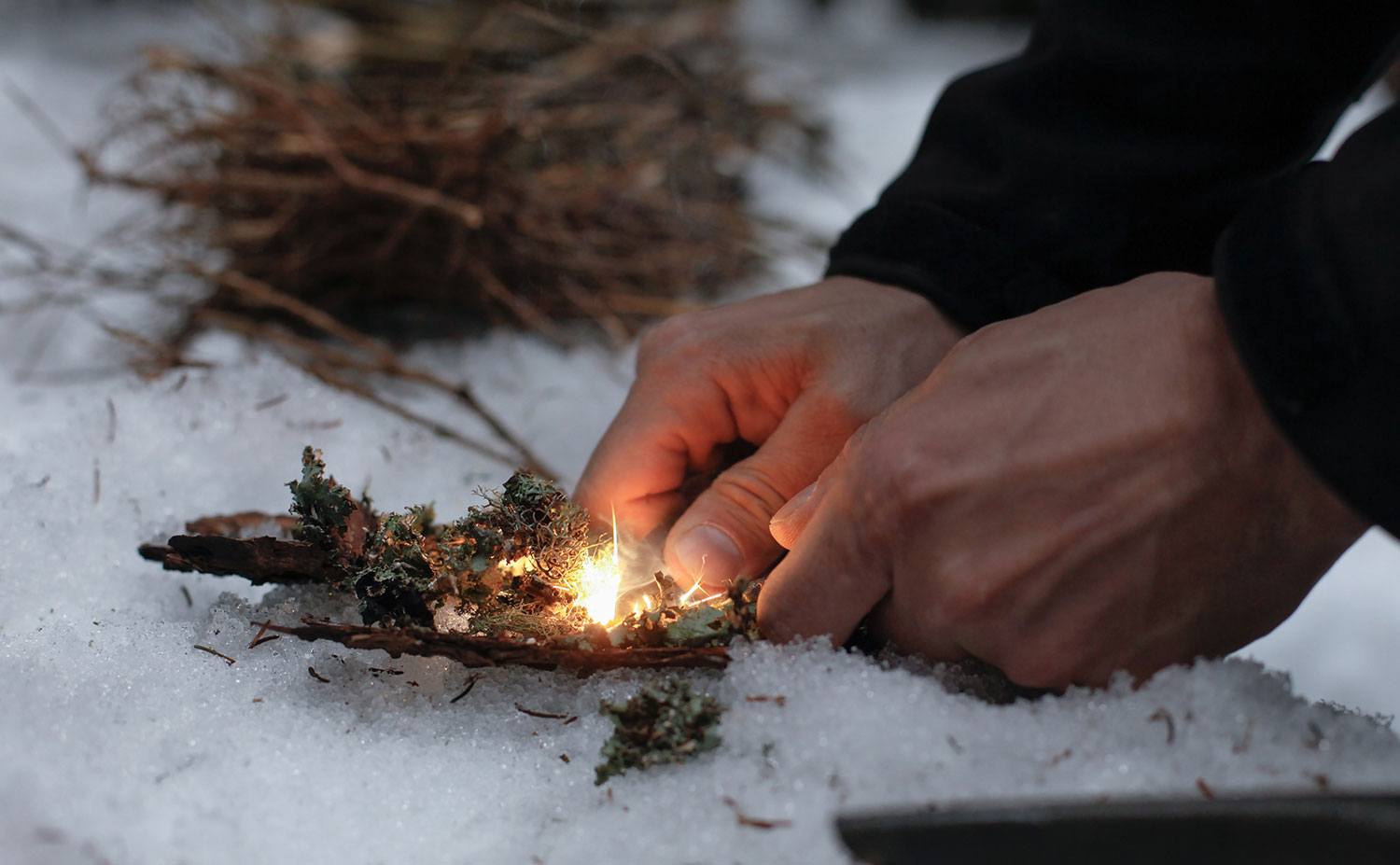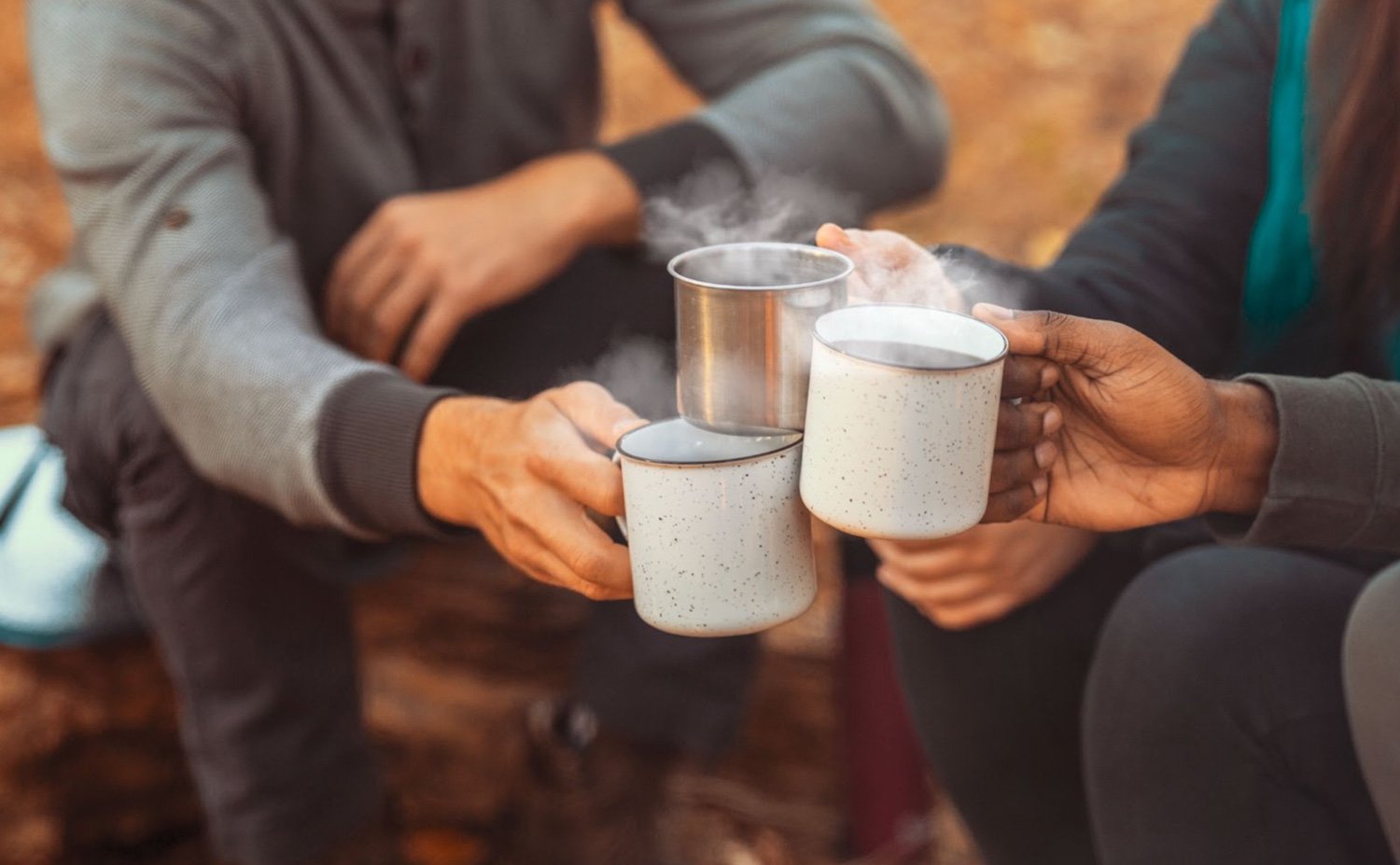In a world filled with uncertainties, being prepared for emergency disasters is not only prudent but can also make a significant difference in the safety and well-being of you and your loved ones. From natural disasters like hurricanes, earthquakes, and floods to unforeseen events such as power outages, pandemics, or civil unrest, emergencies can strike without warning, leaving us vulnerable if we haven’t taken adequate measures to prepare.
Emergency preparedness involves anticipating potential risks and hazards, developing plans, and assembling essential supplies and resources to help navigate through challenging times. It is a proactive approach to safeguarding your family, property, and community, and it empowers you to respond effectively and confidently in the face of adversity.
This guide provides 47 vital preparedness tips, spanning a range of areas, to assist you in becoming more prepared for emergency disasters. These tips cover various aspects of preparedness, including planning and communication, emergency supplies, food and water preparedness, home safety and security, financial preparedness, transportation and evacuation, special considerations, staying informed, and training and education.
The tips offered in this guide are intended to serve as a foundation for your preparedness efforts. Each tip provides essential information and actionable steps to help you get started on your preparedness journey. However, it’s important to note that preparedness is not a one-size-fits-all approach. The specific risks and hazards you face may vary depending on your geographic location, climate, and personal circumstances. Therefore, it’s essential to adapt these tips to your unique situation and conduct further research to address the specific needs of your region.
By implementing these preparedness tips, you can enhance your ability to respond effectively during emergencies, reduce potential risks, and provide a sense of security for yourself and your loved ones. Remember, preparedness is an ongoing process, and it’s crucial to review and update your plans, supplies, and skills regularly to ensure they remain relevant and effective.
Ultimately, the goal of emergency preparedness is to minimize the impact of disasters and to protect and preserve life, and that doesn’t just include yours but humanity as a whole. So, let’s embark on this journey together, step by step, to build a resilient and prepared community ready to face any emergency disaster that may come our way.
Emergency Planning and Communication
1. Develop an emergency plan for your household: Create a detailed plan that outlines how your family will respond to different emergencies. Identify potential hazards in your area, designate meeting points, and assign responsibilities to each family member. Stage 3 of our guide series will be launching soon and is focused entirely around creating your emergency preparedness plan, so be sure to sign up to be notified of its release!
2. Identify safe meeting places and evacuation routes: Determine specific locations where your family can safely gather during an emergency. Additionally, map out primary and alternative evacuation routes from your home to designated safe areas.
3. Create a communication plan with family and friends: Establish a communication protocol to stay connected during emergencies. Choose a family contact person outside your area who can serve as a central point of contact. Share important phone numbers and establish backup communication methods.
4. Keep a list of emergency contact numbers handy: Compile a list of emergency contact numbers, including local emergency services, healthcare providers, schools, and utility companies. Keep this list readily accessible in your emergency kit or stored digitally. Additionally, be sure to prioritize who to contact in case of each emergency type as well.
5. Learn basic first aid and CPR techniques: Enroll in a first aid and CPR course to learn life-saving skills. Knowing how to provide initial medical assistance can make a significant difference while waiting for professional help to arrive.
6. Teach children how to call emergency services: Educate children on how to dial emergency services and provide their address and phone number. Teach them to remain calm and follow instructions from emergency responders.
Emergency Supplies
7. Build an emergency supply kit with essential items: Assemble a well-stocked emergency kit that includes essential supplies such as non-perishable food, water, medications, a flashlight, batteries, a first aid kit, a multi-tool, blankets, and personal hygiene items. We outline a very curated list of essential supplies on our site here, as well as a comprehensive 2 week emergency supply kit in Stage 1 of the guide series.
8. Include food and water for at least three days per person: Store an adequate supply of non-perishable food items that require no cooking or refrigeration. Aim for a minimum of three days’ worth of food and water per person in your household (2 weeks, ideally).
9. Store medications and important documents in a waterproof container: Keep a supply of necessary medications and copies of important documents, such as identification papers, insurance policies, and birth certificates. Place them in a waterproof container or seal them in plastic bags.
10. Have a battery-powered or hand-crank radio for updates: A battery-powered or hand-crank radio, such as the Red Cross FRX3+ Hand Crank Radio, is crucial for receiving emergency updates and information when power sources are disrupted. Include extra (rechargeable) batteries if you don’t go with a hand-crank charging option.
11. Keep a flashlight and extra batteries easily accessible: In a power outage, a reliable flashlight (we like the Nitecore MT2A) becomes essential. Store flashlights in accessible locations throughout your home and keep spare batteries on hand.
12. Pack a multi-tool, duct tape, and a whistle in your kit: A multi-tool, like the Leatherman Wave, can be invaluable for various tasks during emergencies. Duct tape is versatile and useful for repairs, and a whistle can help alert others to your location if you need assistance.
Food and Water Preparedness
13. Stock up on non-perishable food items with a long shelf life: Choose non-perishable foods with a long shelf life, such as canned goods, dried fruits, nuts, granola bars, and jerky.
14. Rotate your emergency food supplies regularly: Check expiration dates on your emergency food items and rotate them into your regular meals to prevent waste. Replace expired items to maintain a fresh and reliable supply. It is especially important to stock items you would normally eat to help avoid wasting your money as well.
15. Store at least one gallon of water per person per day: Water is crucial for survival during emergencies. Store at least one gallon of water per person per day, and consider options for water storage, such as large 55 gallon barrels or water bricks.
16. Consider water purification methods and filters: In situations where clean water is unavailable, AND to be sure your stored water remains potable, have water purification tablets or a water filter as part of your emergency kit. These can help make water safe for drinking and avoid any issues with harmful bacteria and viruses. Bleach is also a safe alternative (2 drops per quart).
17. Learn how to safely store and treat water for long-term use: To expand your water storage knowledge, familiarize yourself with proper water storage techniques, such as using food-grade containers and regularly sanitizing them. Learn about different water treatment methods, such as boiling, water purification systems and filtering options.
Home Safety and Security
18. Secure heavy furniture and appliances to prevent tipping: Use furniture straps or brackets to secure heavy items like bookshelves, cabinets, and televisions to prevent them from tipping over during earthquakes or other disasters.
19. Install smoke and carbon monoxide detectors on each floor of your home: Install smoke detectors in key areas of your home, such as bedrooms, hallways, and the kitchen, as well as a carbon monoxide detector. Regularly check the batteries and replace them as needed.
20. Keep fire extinguishers in key locations: Place fire extinguishers on each floor of your home, especially near the kitchen and utility areas. Ensure that family members know how to operate them safely.
21. Learn how to shut off utilities such as gas, water, and electricity: Familiarize yourself with the location of utility shut-off valves and switches in your home. Teach family members how to turn off gas, water, and electricity in case of emergencies.
22. Create a safe space for important documents and valuables: Store important documents like passports, birth certificates, and financial records in a fireproof and waterproof safe.
23. Have a way to defend yourself: Depending on where you live in the world, a firearm, knife or even just a baseball bat could mean the difference between life and death from an intruder in your home. Be sure to seek appropriate training for whichever means you wish to have on hand, especially with firearms.
Financial Preparedness
24. Keep some cash in small bills in case of power outages: During emergencies, ATMs and card payment systems may be inaccessible. Keep a small amount of cash in different denominations to meet immediate needs – we would suggest enough for 2 weeks of food purchases at the very least.
25. Maintain an emergency fund for unexpected expenses: Establish an emergency fund that can cover essential expenses for several months. This fund can provide a safety net during times of financial uncertainty.
26. Review your insurance policies for adequate coverage: Regularly review your insurance policies, including homeowners, renters, and car insurance, to ensure they provide sufficient coverage for potential disasters in your area.
27. Digitally store important financial documents: Scan and store important financial documents, such as bank statements, insurance policies, and tax records, in a secure digital format. We recommend duplicating these documents on a small solid state hard drive and a SD card and storing these in two different places. This allows for easy access and protects against loss or damage.
28. Consider creating a will or updating existing legal documents: Consult with an attorney to create or update your will, establish power of attorney, and create medical directives. Ensure that these documents reflect your current wishes and provide for your loved ones in case of unforeseen events.
Transportation and Evacuation
29. Keep your vehicle well-maintained with a full gas tank: Regularly maintain your vehicle to ensure it’s in good working condition. Keep the gas tank at least half full to allow for unexpected evacuations or travel during emergencies.
30. Have a car emergency kit with essential supplies: Prepare a car emergency kit that includes items such as tire-changing tools, jumper cables, a basic toolkit, a flashlight, blankets, tea light candles, water, non-perishable snacks, and a first aid kit.
31. Know alternative evacuation routes in your area: Familiarize yourself with alternative evacuation routes in your community. In case of road closures or heavy traffic, having multiple options can help you reach safety more effectively.
32. Plan for transportation of pets or livestock if necessary: If you have pets or livestock, make arrangements for their transportation during emergencies. Include supplies in your emergency kit, such as food, water, medication, leash, collar, and identification tags. Research pet-friendly shelters or accommodations in case of evacuation.
33. Stay informed about road closures and traffic conditions: Document local news, radio, or traffic websites you will need to access for real-time information about road closures, traffic conditions, and evacuation orders in the event of an emergency.
Special Considerations
34. Plan for the needs of elderly or disabled family members: If you have elderly or disabled family members, consider their specific needs during emergencies. Develop plans to assist them in evacuations and ensure they have necessary medical supplies and equipment.
35. Consider the needs of infants and young children: Prepare supplies for infants and young children, including formula, diapers, baby food, medication, and comfort items. Have a plan for their care and transportation during emergencies.
36. Make accommodations for individuals with medical conditions: If someone in your household has a medical condition, ensure you have an ample supply of necessary medications, medical equipment, and written emergency instructions. Consider backup power options for life-sustaining equipment. For medications, a JASE Case can provide vital antibiotics and other medications for emergency use.
37. Include necessary supplies for any unique circumstances: Take into account any unique circumstances specific to your family’s needs. For example, if someone has allergies, pack allergy medication or an EpiPen. Customize your emergency plans and supplies accordingly.
Stay Informed
38. Monitor local news, weather reports, and emergency alerts: Stay informed about local news, weather updates, and emergency alerts through reliable sources such as AlertsUSA and Another Voice of Warning (AVOW).
39. Follow official social media accounts for updates: Many emergency management agencies and local authorities provide real-time updates through social media platforms like Twitter or Facebook. Follow their accounts to receive timely information.
40. Sign up for emergency notifications in your area: Register for emergency notification systems provided by local authorities. These systems can send alerts via phone calls, text messages, or emails to keep you informed during emergencies.
41. Be aware of potential hazards specific to your location: Research and understand the potential hazards that your region may face, such as earthquakes, hurricanes, floods, or wildfires. Stay informed about warning signs and preparedness measures for those hazards.
42. Stay connected with your community and neighbors: Build relationships with your neighbors and participate in community preparedness initiatives. Sharing information and resources can enhance overall community resilience during emergencies.
Training and Education
43. Take first aid and emergency response training courses: Enroll in first aid, CPR, and emergency response courses offered by organizations like the American Red Cross or local community centers. These courses equip you with life-saving skills and knowledge.
44. Learn basic self-defense techniques for personal safety: Consider taking self-defense classes to learn techniques that can help protect yourself and your loved ones during emergency situations. These skills can enhance personal safety and confidence.
45. Familiarize yourself with common emergency procedures: Understand common emergency procedures, such as “Stop, Drop, and Roll” for fire incidents or “Drop, Cover, and Hold On” for earthquakes. Practice these procedures regularly to reinforce the actions.
46. Attend community workshops or preparedness events: Check for community workshops, preparedness fairs, or seminars organized by local emergency management agencies, community organizations or websites like meetup.com. These events provide valuable information and resources.
47. Stay updated on the latest emergency preparedness information: And last but not least, stay informed about the latest trends, best practices, and innovations in emergency preparedness. Follow reputable websites (not just ours, but others like selfrelianceoutfitters.com, mind4survival.com, and prepperwebsite.com), read books, listen to podcasts and participate in online forums or communities dedicated to preparedness.
In closing, just remember that preparedness is an ongoing process, and it’s important to review and update your plans and supplies regularly to ensure they remain effective and relevant. In the early stages especially, it’s important to have grace and patience for yourself and know that it isn’t a race to a finish line but rather a gradual lifestyle shift and mindset.
Wherever you are in your journey, be sure to check out our guide series, Ready & Resourceful: A Comprehensive Guide to Everyday Preparedness starting with Stage One: Introduction & 2-Week Emergency Kit. Good luck and happy prepping!





